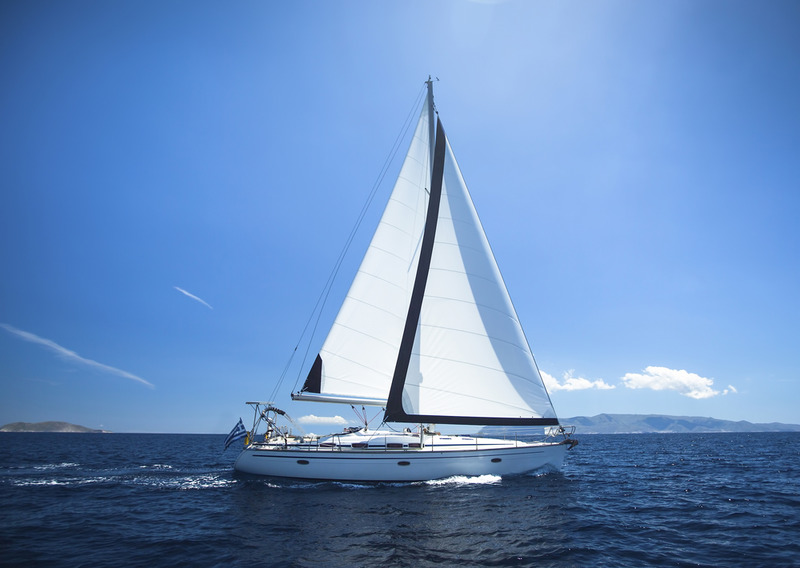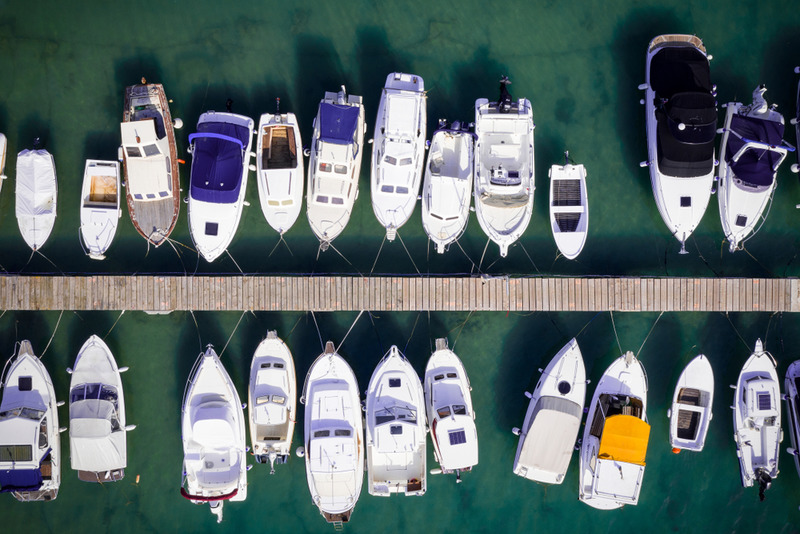Determining whether your vessel measures five net tons requires understanding specific tonnage measurements calculations and regulatory requirements that apply to your boat’s size and intended use. The five net ton threshold is crucial because it determines whether your vessel requires registration with the Canadian boat registry or can operate with just a pleasure craft licence, making accurate measurement essential for legal compliance and proper documentation.

When you own a vessel in Canadian waters, understanding these measurement requirements becomes vital for ensuring you meet all regulatory obligations. We help vessel owners navigate these complex requirements by providing clear guidance on measurement standards and assisting with the appropriate registration processes based on your vessel’s specifications.
What Defines Net Tonnage in Maritime Terms
Net tonnage represents the volume of a vessel’s cargo-carrying capacity, measured in tons of 100 cubic feet each. This measurement system differs significantly from gross tonnage, which includes all enclosed spaces within the vessel. The net tonnage calculation focuses specifically on spaces available for cargo, passengers, and crew accommodations while excluding areas like the engine room, fuel storage, and navigation spaces.
Maritime authorities developed this measurement system to create standardized assessments of vessel capacity across different types and sizes of boats. The calculation involves complex formulas that consider multiple factors, including the vessel’s length, breadth, depth, and internal configuration. These tonnage measurements serve as the foundation for determining registration requirements, safety regulations, and operational restrictions.
Professional marine surveyors typically conduct these measurements using established protocols that ensure consistency and accuracy. The process involves detailed internal inspections, precise measurements of cargo spaces, and calculations that account for various structural elements that might affect the vessel’s capacity.
Registration Requirements Based on Vessel Size
Vessels measuring five net tons or more must register with our Canadian vessel registry system, which provides comprehensive documentation and legal recognition of ownership. That’s true for both the Large and Small Vessel Registry.
This registration process involves submitting detailed vessel specifications, proof of ownership, and completing all necessary paperwork to establish your vessel’s legal status in Canadian waters.
Smaller vessels under five net tons can operate under a pleasure craft licence system, which offers a simplified registration process for recreational boaters. However, determining which category applies to your vessel requires accurate tonnage measurements performed according to established maritime standards.
We specialize in helping vessel owners understand these requirements and guide them through the appropriate registration process based on their vessel’s specifications. Our expertise ensures that you comply with all applicable regulations while obtaining the correct documentation for your specific situation.
Measurement Calculation Methods
The official calculation process for tonnage measurements involves multiple steps that require precise measurements and mathematical formulas established by maritime authorities. These calculations begin with determining the vessel’s overall dimensions, including length, beam, and depth measurements taken at specific points along the hull.
Internal space calculations focus on areas designated for cargo, passenger accommodations, and operational use while excluding spaces required for vessel operation such as engine compartments, fuel tanks, and equipment storage areas. The measurement process requires identifying and calculating the volume of each qualifying space within the vessel.
Professional surveyors use specialized tools and techniques to ensure accuracy in these measurements, as even small discrepancies can affect whether a vessel falls above or below the five net ton threshold. These measurements must comply with standards outlined in Canadian maritime laws to ensure regulatory compliance.

Documentation and Verification Process
Proper documentation of tonnage measurements requires detailed records that demonstrate compliance with official measurement standards. This documentation includes technical drawings, measurement reports, and calculations that verify the vessel’s net tonnage classification.
We assist vessel owners in preparing and organizing all necessary documentation to support their registration applications. Our process ensures that all measurements meet regulatory standards and that supporting documentation provides clear evidence of compliance with applicable requirements.
The verification process may involve inspections by certified marine surveyors who confirm the accuracy of submitted measurements and calculations. These professionals ensure that all tonnage measurements align with established standards and that documentation accurately represents the vessel’s specifications.
Common Measurement Challenges
Many vessel owners encounter difficulties when attempting to determine their vessel’s tonnage measurements independently. Complex internal configurations, irregular hull shapes, and modifications made to the original vessel design can complicate the measurement process and lead to inaccurate calculations.
Professional assistance becomes valuable when dealing with these challenges, as experienced marine professionals understand the nuances of measurement requirements and can navigate complex situations that might confuse individual boat owners. We provide expertise in handling unusual vessel configurations and ensuring accurate tonnage determinations.
Modified vessels present particular challenges because alterations to the original design can affect tonnage calculations. Additions such as extended cabins, deck modifications, or internal reconfigurations require careful evaluation to determine their impact on the vessel’s net tonnage classification.
Types of Vessels Affected by Tonnage Requirements
Commercial vessels, charter boats, and larger recreational craft commonly fall into the five net ton or greater category, requiring full registration with the Canadian vessel registry system. These vessels typically feature substantial cabin spaces, cargo areas, or passenger accommodations that contribute to higher tonnage calculations.
Pleasure craft used exclusively for recreational purposes may qualify for simplified licensing requirements if they measure less than five net tons. That’s what the pleasure craft licence is for.
However, the distinction between commercial and recreational use can affect registration requirements regardless of vessel size.
We help vessel owners understand how their intended use affects registration requirements and ensure they obtain appropriate documentation based on both vessel size and operational purpose. This guidance prevents compliance issues and ensures proper legal status for all vessel operations.
Professional Measurement Services
Marine surveying professionals provide certified tonnage measurement services that ensure accuracy and regulatory compliance. These experts understand the specific requirements for different vessel types and can navigate complex measurement scenarios that might challenge inexperienced individuals.
Professional measurement services include comprehensive inspections, detailed calculations, and official documentation that supports registration applications. These services provide peace of mind by ensuring that all measurements meet established standards and that documentation accurately represents vessel specifications.
We work with qualified marine surveyors to coordinate measurement services when needed, ensuring that our clients receive accurate tonnage determinations that support their registration requirements. This collaboration streamlines the process and provides comprehensive support throughout the measurement and registration process.
Impact on Vessel Operations
Proper tonnage classification affects various aspects of vessel operations, including safety requirements, operational restrictions, and regulatory compliance obligations. Vessels registered based on accurate tonnage measurements benefit from clear legal status and appropriate regulatory oversight.
Incorrect tonnage classification can lead to compliance issues, operational restrictions, and potential legal complications that affect vessel use and ownership. We help prevent these problems by ensuring accurate measurement and appropriate registration from the outset.
Understanding tonnage requirements also helps vessel owners plan for future modifications or changes in vessel use that might affect their registration status. This foresight prevents complications and ensures continued compliance with applicable regulations.
Registration Benefits and Requirements
Proper vessel registration based on accurate tonnage measurements provides legal protection, clear ownership documentation, and compliance with Canadian maritime regulations. Registered vessels benefit from official recognition and protection under applicable laws and regulations.
We facilitate the registration process by providing comprehensive support that includes guidance on measurement requirements, assistance with documentation preparation, and coordination with regulatory authorities. Our services ensure that vessel owners receive appropriate registration based on their specific circumstances and vessel specifications.
The registration process establishes official records that support financing, insurance, and transfer of ownership activities. These benefits make proper registration valuable for vessel owners who want comprehensive legal protection and official recognition of their ownership rights.

